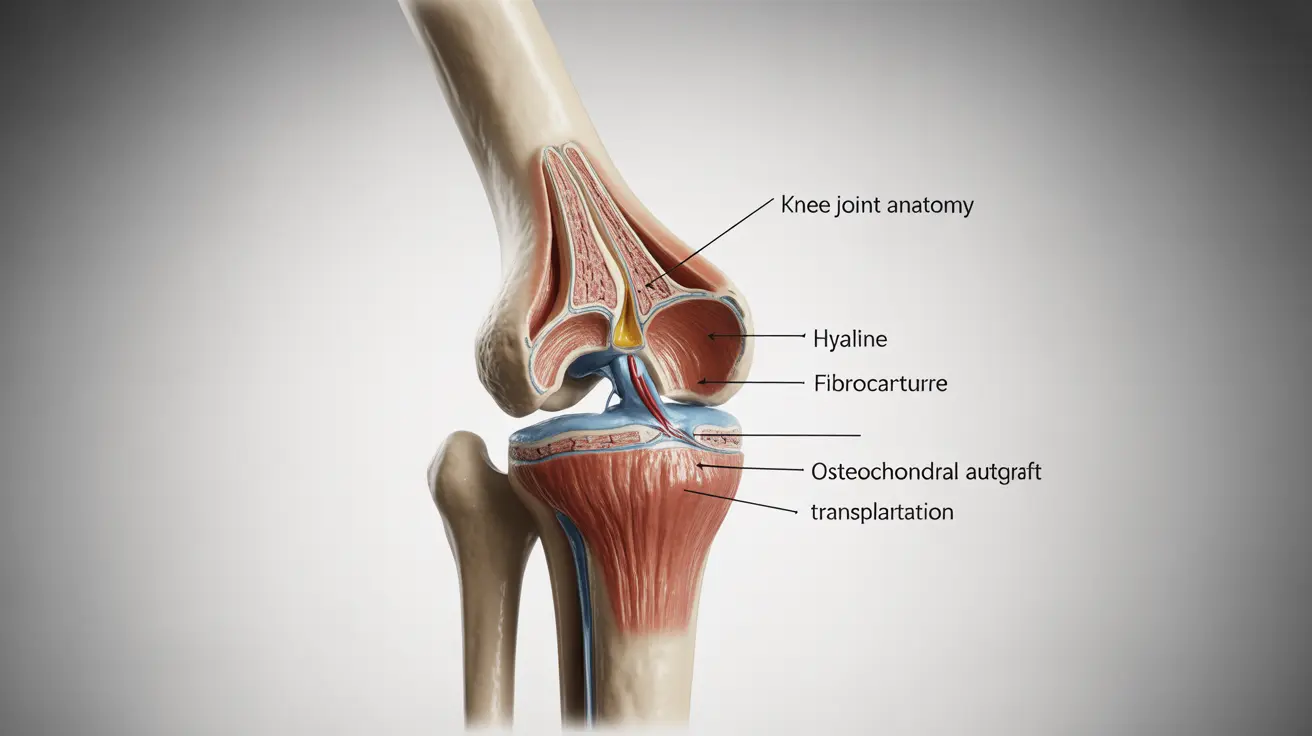Comprehensive blood tests are essential for evaluating liver health, offering insights into its function, and detecting potential liver diseases. Here’s a detailed guide to the key metrics:
- Liver Enzymes:
- Alanine Aminotransferase (ALT):
- Function: Enzyme primarily found in the liver; elevated levels indicate liver damage.
- Importance: Helps diagnose conditions such as hepatitis or liver inflammation.
- Normal Range: 7 to 56 units per liter.
- Aspartate Aminotransferase (AST):
- Function: Enzyme present in the liver and other tissues like the heart and muscles.
- Importance: High levels suggest liver damage but can also indicate damage to other organs.
- Normal Range: 10 to 40 units per liter.
- Gamma-Glutamyl Transferase (GGT):
- Function: Enzyme involved in bile production; elevated levels may indicate bile duct issues.
- Importance: Useful in diagnosing bile duct diseases and chronic alcohol consumption.
- Normal Range: 0 to 51 units per liter for males, 0 to 35 units per liter for females.
- Alanine Aminotransferase (ALT):
- Bilirubin:
- Function: A byproduct of red blood cell breakdown, processed by the liver.
- Importance: Elevated bilirubin levels can indicate liver dysfunction or bile duct obstruction.
- Tests: Total Bilirubin, Direct Bilirubin.
- Normal Total Bilirubin Range: 0.1 to 1.2 milligrams per deciliter (mg/dL).
- Proteins:
- Albumin:
- Function: The most abundant protein in the blood, produced by the liver.
- Importance: Low levels can indicate liver disease or malnutrition.
- Normal Range: 3.5 to 5 grams per deciliter (g/dL).
- Total Protein:
- Function: Measures all proteins in the blood, including albumin and globulin.
- Importance: Provides a general sense of liver function and nutritional status.
- Normal Range: 6 to 8.3 grams per deciliter (g/dL).
- Albumin:
- Alkaline Phosphatase (ALP):
- Function: Enzyme related to bile ducts; also found in bones.
- Importance: High levels may indicate liver or bile duct disease or bone disorders.
- Normal Range: 44 to 147 units per liter.
- Lactate Dehydrogenase (LDH):
- Function: Enzyme found in almost all body tissues, including liver.
- Importance: Elevated levels can indicate liver damage, though it is less specific than other liver enzymes.
- Normal Range: 140 to 280 units per liter.
Significance:
- Diagnosis: These tests help diagnose liver diseases like hepatitis, cirrhosis, and fatty liver disease.
- Monitoring: They are essential for tracking the progression of liver diseases and the effectiveness of treatments.
- Prevention: Regular screenings can detect liver issues early, enabling preventive measures to be taken.
Understanding these key metrics allows healthcare providers to offer comprehensive care and tailored treatment plans, ensuring better liver health and overall well-being.
Recommended Tests:




